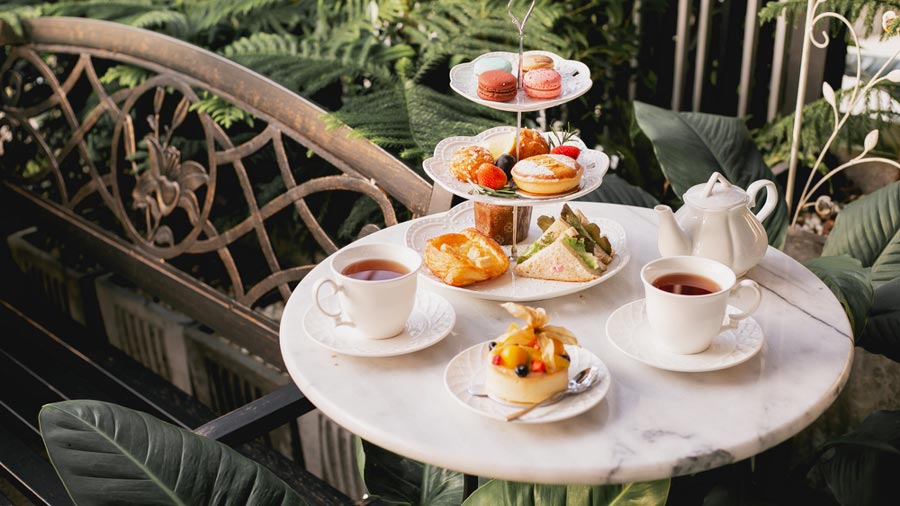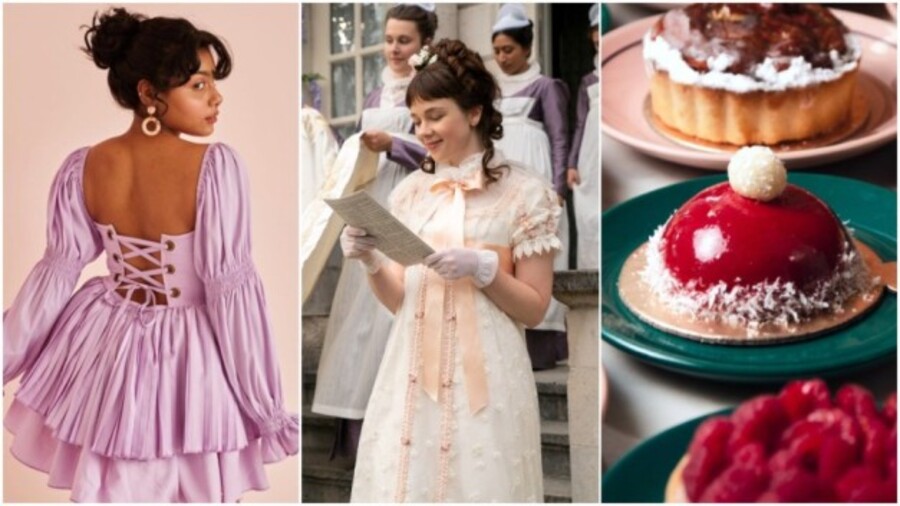I discovered high tea when I was seven years old, with the children of Cherry Tree Farm who rushed home to Aunt Bess laying out veal and ham pie, jam tarts and cherry cake. Curled up in my room on a Sunday afternoon, lost in the English countryside, it made me hungry after my meat-heavy lunch and made my glass of evening milk seem rather bleak. I asked my mother why we couldn’t have high tea instead, she said it’s because we’d had a high lunch. I asked my father why we couldn’t have high tea, he said it’s because we’re not English farmers but there’s always scope for ham sandwiches and chocolate cake, which he was happy to bring home for his daughters who’d been milking cows and rescuing rabbits in the pages of Enid Blyton books.
But dreams of high tea enveloped me in childhood through hot summers and damp monsoons, even more than midnight snacks at Malory Towers — it made sense that those would be decadent, for the children were, after all, carrying out an exciting gourmet subterfuge which would be rendered pointless if it wasn’t furbished with ginger beer and fruit cake. High tea, on the other hand, seemed to be a feast “fit for several kings” (Dick, Five Go Down to the Sea) laid out for hungry children on vacation or a treat which hardworking children on a farm were rewarded with. Although this didn’t make me work any harder on my homework, it made the idea of a large spread in the middle of the day a wonderful aberration from the occasional lunch or dinner buffets which were considered the most lavish treats of our childhood.
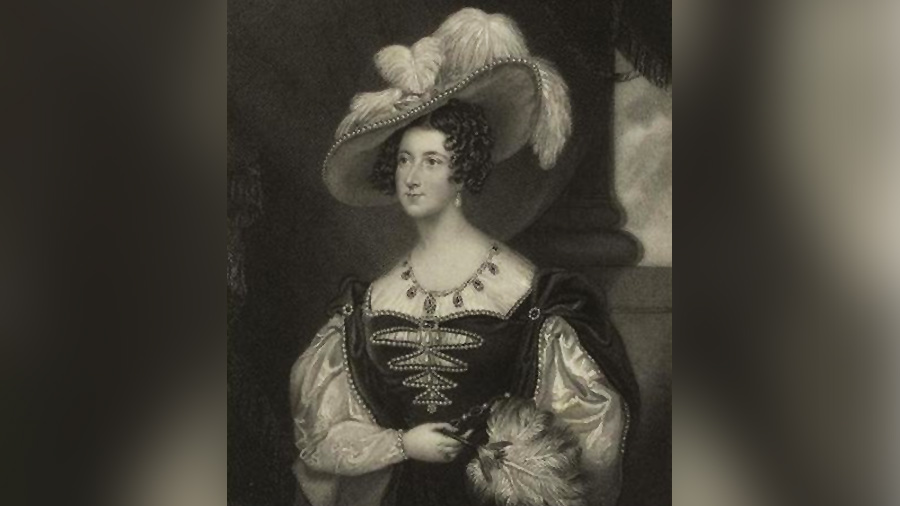
The Duchess of Bedford, Anna Russell, who is credited with starting the afternoon tea tradition Wikimedia Commons
Two decades after my imagination had been doused by Aunt Bess’s “big jug of hot cocoa,” I found myself in London chasing down treacle tarts and Cornish pasties. The friend I was travelling with booked us tea at The Ritz which was the definite high point of that trip. For the occasion, we slipped into nice, but roomy, dresses, I imagine much like the friends of Anna Russell, the seventh Duchess of Bedford, who purportedly (God bless her soul), kickstarted the whole business of an afternoon tea-and-snack to see her through till dinner. She started inviting friends to give her company and the spread became larger, although the portions remained bite-sized in order to facilitate eating delicately off low, decorative boudoir tables in the ladies’ parlour.
I was later disappointed to learn that the height of tables in fact, is what differentiates a high tea from an afternoon “low” tea. The early tea happens to be lighter simply because the ladies were not wolfing down hot pies in an unseemly manner while the high tea turned out to be a hearty meal for hungry work-weary folk, to be partaken of later in the evening at the dining table while seated on straight-backed chairs.
Afternoon tea at The Ritz London boasted a menu of platters of slim sandwiches and small pastries that I imagine Duchess Anna and her tribe would have been delighted with. Ironically, one can book for tea at various time slots throughout the day, for people who’d rather have scones and sandwiches for brunch than wait for the appropriate hour. Patrons were seated at appropriately high tables though, so if you were availing of the spread at a late evening slot, it would count as high tea, albeit heavier on the cakes than hot meat pies, like the children of Willow Farm were likely to come home to. All in all, the silverware, the liveried footmen, the finely-cut sandwiches (salmon for the win) and the pots of clotted cream and jam which would have put all the Blyton aunts to shame, afternoon tea at The Ritz turned out to be something my seven-year-old self would have wept tears of joy over.
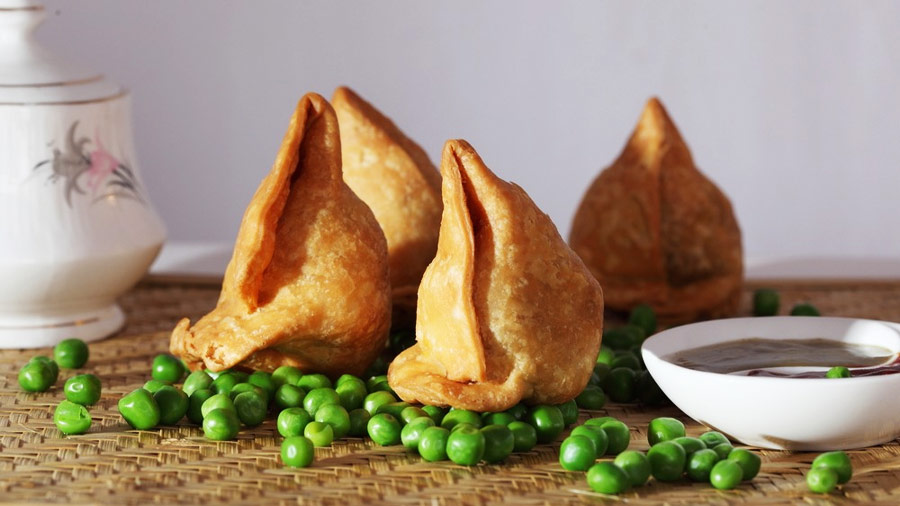
Phulkopir shingara — a classic Bengali tea-time treat Shutterstock
Bengalis, of course, would likely scoff at the duchess’ appetite for dainty edibles to bridge the gap between a light lunch and substantial supper. After all, Bengali snacktime (famously known as jol khabar), although frequently served on a low centre table, is always high on calories and contentment — deep fried mutton chops and fish cutlets, samosas and kachoris, luchi or porota with aloo bhaja, all washed down with spiced milk tea that never aids digestion. In the years that followed that tea spread in London, I made it my business to sample every scone and tea cake I was able to spot. I began to wonder how much of our gastronomic predilections are informed by our thoughts on food and the imagined flavours of it, as opposed to the real flavours of what we’re eating. Scones with clotted cream, and currant cakes with tea have, in fact, found a place in my childish imagination in a way the widely available keema-stuffed Mughlai paratha or eggy kabiraji cutlet have not; fried snacks from the Bengali repertoire were widely available with every doting aunt we visited.
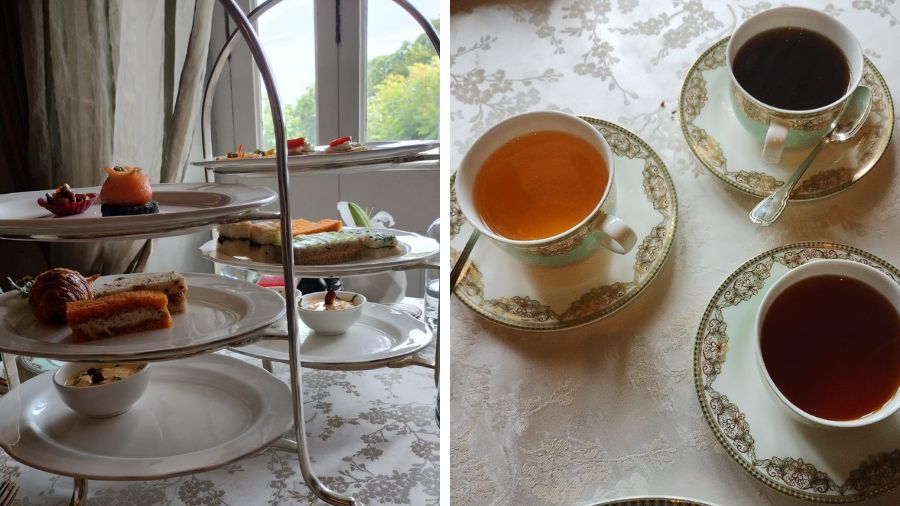
High Tea at Taj Falaknuma Palace, Hyderabad Ramona Sen
With the written word bringing to life a mysterious existence in distant lands, even “loaves of white and brown bread” to be smeared with butter and jam seemed somehow more scrumptious than the jam sandwiches in my tiffin box. I have a friend who simply does not understand the joys of bread. It’s possible that he remained impervious to the charms of Blyton’s world and sniggered at the idea of boiled eggs and lemonade emerging from a picnic basket when he was demolishing batter-fried vegetables (brinjal, onion, potato etc) accompanied with a variety of crisp, fat chops. Yet, the sight of a scone will fill me with childish longing, to be followed quickly by a stab of disappointment at the real texture (dry) and taste (bland) of it. Even though the flavour of thick cream and wobbly jam are wholly enjoyable, I can’t help but think that the seven-year-old me feels a tad let down.
Cakes at least are rarely disappointing. A fresh-out-of-the-oven cake, peppered with or flavoured by fruit, is usually a thing of joy. Which makes me wonder if the best high tea spread isn’t one which begins with finely-cut sandwiches and then segues into the fried snacks with all the spicy stuffing we do so well in India, only to end with an array of cakes and pastries. It seems the folks at Taj Falaknuma Palace in Hyderabad had the same idea. They roll out their hybrid tea spread, pitting the Nizams against the Viceroys with sandwiches and kebabs. The flavourful dahi vada is one of the highlights of their tiered tea trays while the paan-and-gulkand sandwich comes as a wonderful surprise, managing to upstage both the roast chicken as well as the feta cheese options. The choice of bite-sized dessert outdoes the spread at The Ritz London. And yes, there were scones.
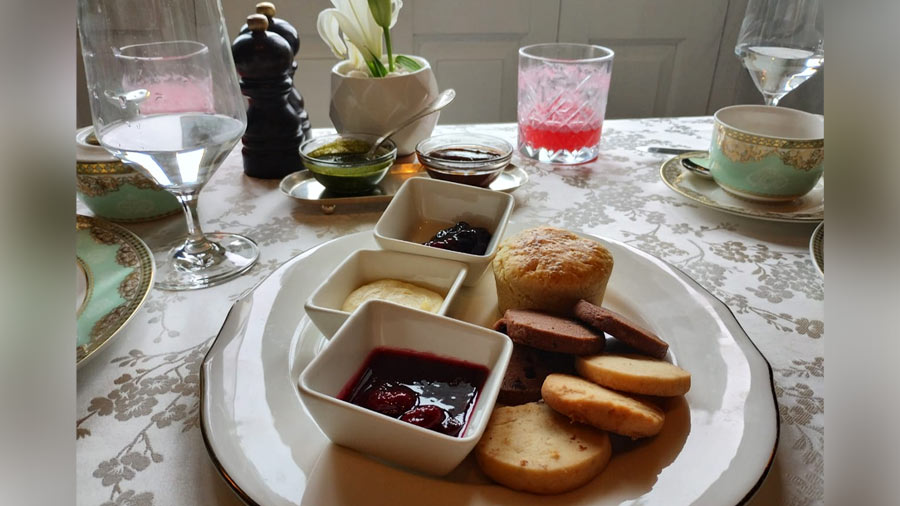
Scones and cookies to end with at the Taj Falaknuma Palace Ramona Sen
This brings me to the point that, no matter where you’re channelling the spirit of Duchess Anna, you’ll always encounter the question: which to slather on a scone first, cream or jam. I always have a whole scone with oozing clotted cream and then another scone oozing with jam. It’s the only way to satisfy that seven-year-old eyeing the high tea spread laid out for the children of Cherry Tree Farm.
